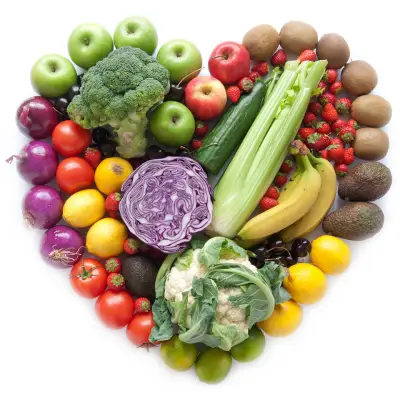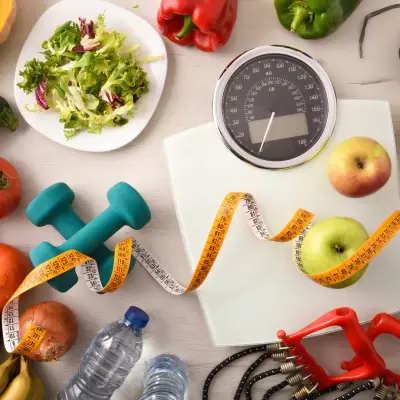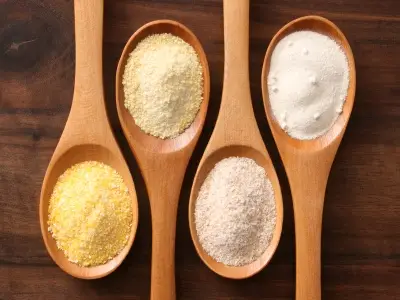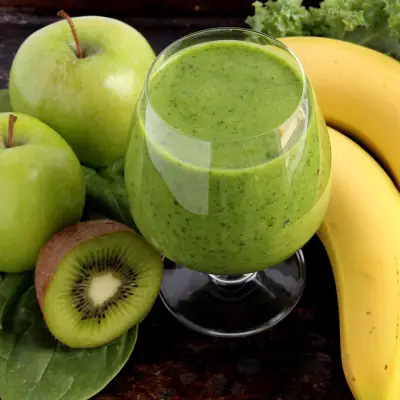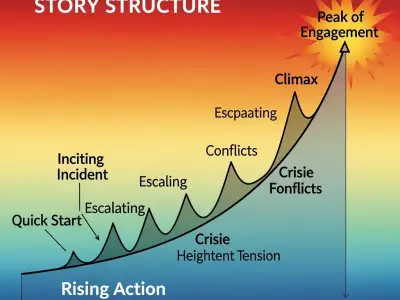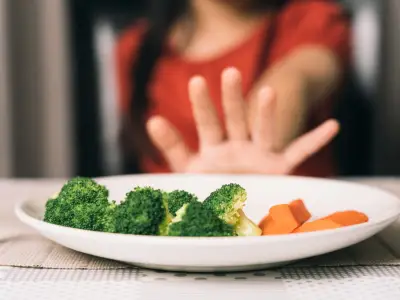Are you exploring ways to shed some unwanted pounds and feel more vibrant and healthy? If so, the Paleo diet might just be the golden ticket you've been searching for. This approach to eating draws inspiration from our ancestors, focusing on whole foods that would have been hunted or gathered.
But how effective is this diet for weight loss? Let’s explore how adopting a Paleo lifestyle could help you achieve your weight loss goals while also providing a host of other health benefits.
Jump to:
- What is the Paleo Diet?
- Paleo Diet Foods: What Can You Eat?
- What's Off the Menu?
- How Does Paleo Promote Weight Loss?
- Potential Challenges and How to Overcome Them
- Is Paleo Right for You?
- Transitioning to Paleo: Tips for Beginners
- Frequently Asked Questions About the Paleo Diet for Weight Loss
- Enrol in our Weight Loss Course for £29
Recommended for you!
Best SellersWhat is the Paleo Diet?
The Paleo diet, often called the Caveman Diet, mimics the eating habits of ancient humans. It centres around the idea that for optimal health, we should eat more like our Paleolithic ancestors.
This means the diet includes foods that could be hunted or gathered, such as lean meats, fish, fruits, vegetables, nuts, and seeds. The idea is to exclude processed foods, dairy, grains, and refined sugars—the typical culprits of modern-day health woes.
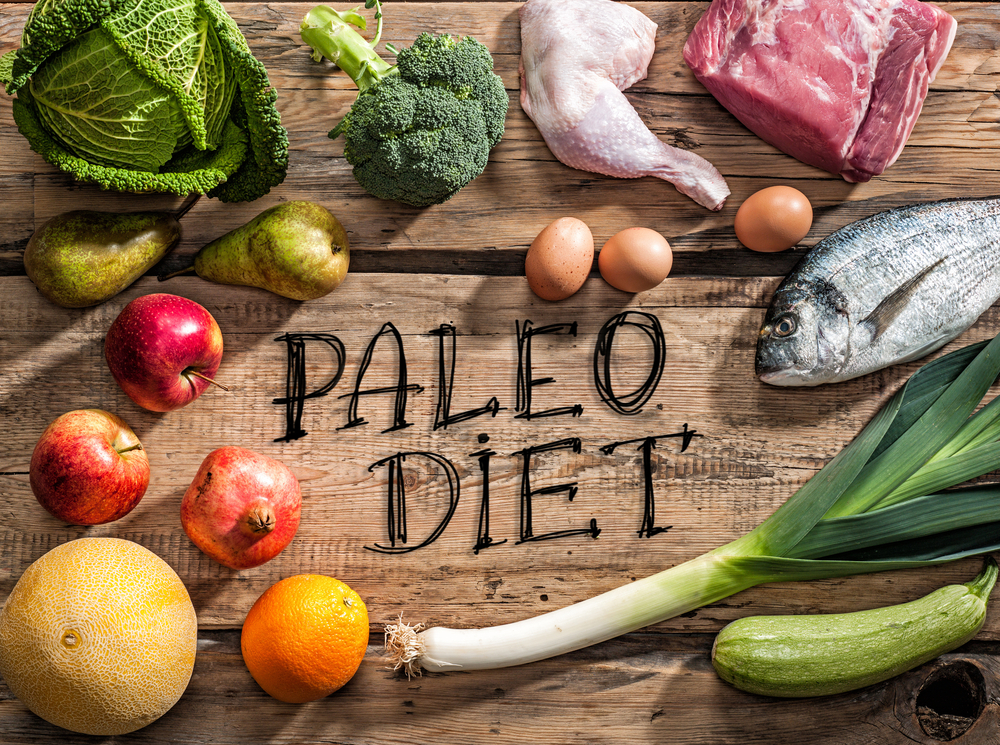
Paleo Diet Foods: What Can You Eat?
Beginning the Paleo diet means you’ll enjoy a rich variety of foods:
Lean Meats and Fish
These protein-rich foods are fundamental to the Paleo diet. Options like chicken, turkey, beef, lamb, and venison provide essential amino acids that aid in muscle repair and growth. Fish, particularly fatty varieties like salmon, mackerel, and sardines, offer high-quality protein and omega-3 fatty acids, which are crucial for heart and brain health.
Fruits and Vegetables
The Paleo diet emphasises a plentiful intake of fruits and vegetables, which are sources of vitamins, minerals, antioxidants, and fibre. These nutrients support a healthy immune system, aid digestion, and can reduce the risk of chronic diseases. Colourful vegetables and fruits—such as leafy greens, berries, carrots, and beets—not only make your plate more appealing but also ensure a diverse intake of beneficial compounds.
Nuts and Seeds
Nuts and seeds are excellent snacks or additions to meals. They provide healthy fats, proteins, and a variety of micronutrients like magnesium and zinc. Almonds, walnuts, flaxseeds, and pumpkin seeds are just a few options that can enhance your diet. They add crunch and flavour to salads, yoghurts, and other dishes while also contributing to satiety and energy levels.
Healthy Fats
The Paleo diet doesn’t shy away from fats; instead, it encourages the consumption of healthy fats which are essential for maintaining good health. Avocados, coconut oil, and extra virgin olive oil are prime sources of monounsaturated and saturated fats, supporting brain function and skin health. These fats are good for cooking and add a rich, satisfying flavour to meals.
What's Off the Menu?
While the Paleo diet offers a rich array of food choices, it also requires avoiding some common elements of the modern diet to stick to its principles:
Grains
Grains like wheat, oats, barley, and rice are excluded from the Paleo diet. The rationale is that grains are a product of modern agriculture and are often high in carbohydrates and can contain gluten, which many people choose to avoid for digestive health and inflammation reasons.
Legumes
Beans, lentils, peanuts, and other legumes are not part of the Paleo diet. Although they are rich in protein and fibre, they also contain phytates and lectins, which are considered anti-nutrients that can interfere with the absorption of minerals and cause digestive issues.
Dairy Products
The Paleo diet excludes most forms of dairy, especially processed dairy products. The diet suggests that human adults do not necessarily need milk from other species, and many people are lactose intolerant. However, some adherents include ghee or grass-fed butter, which are lower in lactose and contain beneficial fats.
Processed Foods and Sugars
The exclusion of processed foods and refined sugars is perhaps one of the most impactful aspects of the Paleo diet. These foods are high in calories but low in nutritional value and can lead to weight gain, blood sugar instability, and other health issues. By avoiding these, the Paleo diet promotes a more natural, wholesome approach to eating, focusing on foods that are minimally processed.
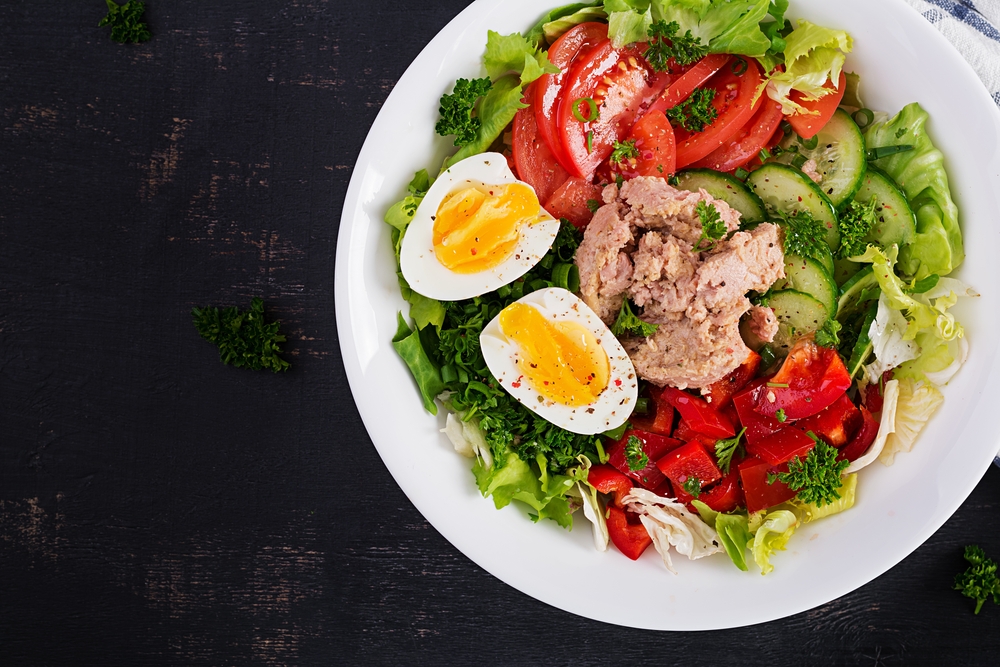
How Does Paleo Promote Weight Loss?
Adopting a Paleo diet can significantly contribute to weight loss through several mechanisms. These include increased protein intake, the elimination of processed foods and sugars, and a high intake of dietary fibre.
1. High in Protein
Protein plays a role in weight loss due to its ability to induce satiety and reduce overall calorie consumption. Foods rich in protein, such as lean meats, fish, and eggs, help keep you feeling full for longer periods, which minimises the likelihood of snacking on less healthy options between meals.
Additionally, protein has a higher thermic effect compared to fats and carbohydrates. This means that your body expends more energy in digesting protein, which can boost metabolism and increase the number of calories burned throughout the day. Incorporating adequate protein into your diet can also help preserve muscle mass during weight loss, ensuring that your body burns fat instead of muscle.
2. Eliminates Processed Foods and Sugars
One of the foundational principles of the Paleo diet is the elimination of processed foods and added sugars, which are commonly linked to obesity and metabolic issues. Processed foods are often calorie-dense yet nutrient-poor, providing little nutritional benefit in return for their high caloric content. Additionally, they frequently contain high levels of sugars and unhealthy fats that can trigger insulin spikes and contribute to fat storage.
By eliminating these foods, the Paleo diet helps to stabilise blood sugar levels and reduce the overall caloric intake, creating a favourable environment for weight loss. Avoiding these foods also reduces the risk of experiencing the energy dips and cravings that accompany blood sugar fluctuations, making it easier to adhere to a healthy eating plan.
3. Rich in Fibre
A diet rich in fruits and vegetables, as advocated by the Paleo diet, naturally increases your fibre intake. Fibre is essential for weight loss for several reasons. First, it adds bulk to your diet without adding extra calories, helping you feel full and satisfied after meals. This can reduce overall food intake and prevent overeating.
Fibre also plays a role in maintaining a healthy digestive system, improving gut health, and supporting regular bowel movements, which helps in the efficient elimination of waste and toxins from the body. Furthermore, high-fibre foods typically require more chewing, which can slow down your eating pace, giving your brain time to register fullness, which further helps control your appetite.
Potential Challenges and How to Overcome Them
While the benefits are compelling, some might find the Paleo diet restrictive. Here’s how you can tackle common hurdles:
- Limited Grains and Dairy: Explore Paleo-friendly recipes that use alternative ingredients like almond flour and coconut milk.
- Social Dining: When eating out, choose simple dishes like grilled proteins and salads.
- Initial Fatigue: As your body adjusts to fewer carbs, you might feel tired. Ensure you’re eating enough calories, especially from fats and proteins.
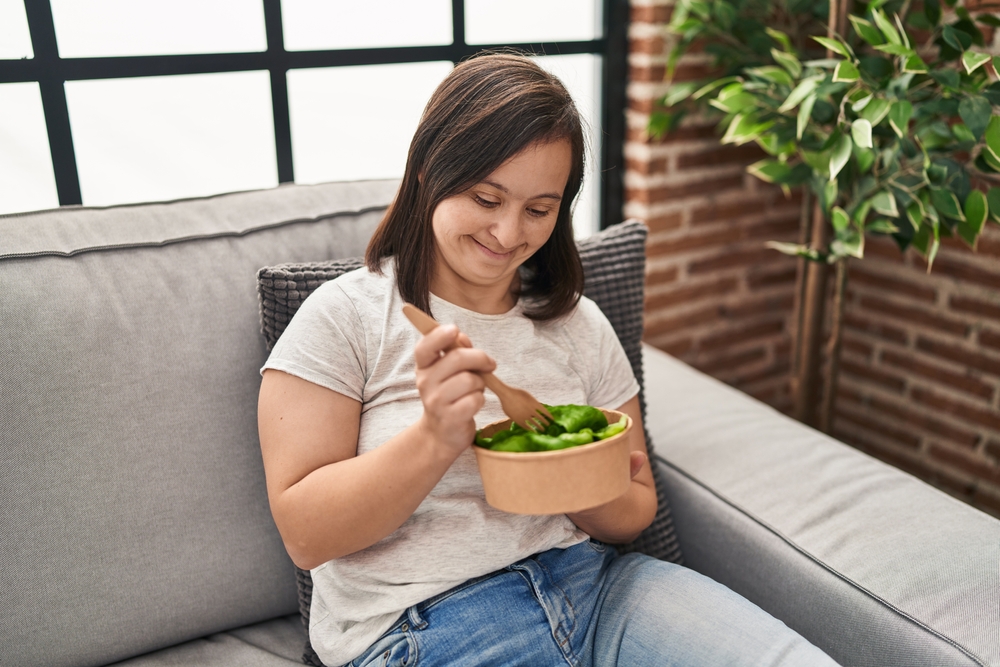
Is Paleo Right for You?
If you’re considering the Paleo diet for weight loss, it’s important to assess whether it aligns with your lifestyle and food preferences. This diet is best suited for those who are ready to cut out processed foods and enjoy cooking at home, as it involves a lot of meal preparation.
Transitioning to Paleo: Tips for Beginners
- Start Gradually: Begin by eliminating processed foods and then slowly cut back on grains and dairy.
- Meal Prep: Prepare meals ahead of time to stay on track.
- Focus on Variety: Keep your meals interesting by experimenting with different Paleo-approved foods.
Frequently Asked Questions About the Paleo Diet for Weight Loss
Can you lose weight fast on a Paleo diet?
Weight loss on the Paleo diet can be relatively quick, especially in the first few weeks, as the body adjusts to eating fewer carbohydrates and processed foods. However, the speed of weight loss varies depending on factors such as age, activity level, and metabolic rate.
How much weight can you lose on a Paleo diet in 30 days?
On average, people might see a reduction of 5 to 10 pounds in the first month if they stick strictly to the Paleo diet guidelines. This can be more for some, depending on the starting weight and adherence to the diet.
Can you lose belly fat on the Paleo diet?
The Paleo diet can help you lose belly fat. It is high in protein and fibre, which can help reduce appetite and prevent overeating. Eliminating refined sugars and grains also helps lower insulin levels, making it easier for your body to burn stored fat.
How long does it take to start losing weight on Paleo?
Some people might notice weight loss within the first week, while for others, it might take a bit longer. Consistency and adherence to the diet are key to seeing results.
Why can't I lose weight on Paleo?
If weight loss isn't happening, you might be consuming too many calories, even from healthy foods. It's also important to consider the portions and balance of macronutrients you're consuming.
Can you lose weight on the Paleo diet without exercise?
While exercise is not a requirement, combining the Paleo diet with physical activity can enhance weight loss, improve muscle tone, and boost overall health.
Can you have rice on Paleo?
Rice is not Paleo-friendly as it is a grain. Paleo advocates avoiding grains to reduce anti-nutrients and sugars in the diet.
How many times a day should you eat on Paleo?
There is no set rule for how many meals you should eat per day on Paleo; it depends on your hunger cues and schedule. Some people prefer three main meals, while others might opt for smaller, more frequent meals.
Do you lose more weight on Paleo or Keto?
Both diets can be effective for weight loss. Keto is more restrictive in carbohydrates, which might lead to quicker initial weight loss. However, Paleo focuses on food quality and balanced eating, which can be more sustainable in the long run.
What happens the first week on Paleo?
The first week might involve withdrawal symptoms from reducing processed foods and sugars, such as fatigue or irritability. Many also experience a decrease in bloating and begin to feel lighter.
What is the 30-day reset Paleo cure?
The 30-day reset is a challenge to follow strict Paleo guidelines for a month to "reset" your body's health, reducing inflammation and identifying food intolerances.
Is cheese allowed on Paleo?
Traditional Paleo excludes dairy products, including cheese; however, some modern adaptations of the diet allow for grass-fed dairy.
Is Greek yoghurt paleo-friendly?
Greek yoghurt is not typically included in the Paleo diet due to its dairy content. Some Paleo variants may allow it if tolerance to dairy is known.
Are carrots OK on the Paleo diet?
Carrots are Paleo-friendly and can be consumed as part of a healthy Paleo diet.
Can you drink coffee on Paleo?
Coffee is generally considered Paleo-friendly in moderation. However, it should be consumed black or with Paleo-approved creamers like coconut cream.
Are bananas Paleo?
Bananas are allowed on the Paleo diet. They are a good source of potassium and fibre, but due to their sugar content, they should be eaten in moderation.
Why am I so tired on the Paleo diet?
In the early stages, decreased carbohydrate intake can result in fatigue. Ensuring a balanced intake of fats and proteins can help mitigate this.
How successful is the Paleo diet?
Success varies but many report improved weight loss, better digestion, increased energy levels, and reduced inflammation.
Are there cheat days on Paleo?
While not a formal part of the Paleo philosophy, some people choose to incorporate cheat meals or days to make the diet more flexible and sustainable.
Why is dairy not on the Paleo diet?
Dairy is excluded because it was not part of the Paleolithic human diet, and many people have sensitivities to lactose or dairy proteins.
Is Paleo the healthiest diet?
While Paleo can be healthy by focusing on whole foods and eliminating processed items, the "healthiest diet" is subjective and depends on individual health needs, preferences, and goals.
Recommended for you!
Best SellersEnrol in our Weight Loss Course for £29
If you're inspired by the potential of the Paleo diet and want to learn more about tailored nutritional strategies, why not explore further? Our Advanced Nutrition for Weight Loss Diploma Course at Centre of Excellence provides comprehensive insights into Paleo principles and practical guidance to empower your journey. We’re excited to offer this course for just £29 for a limited time!
